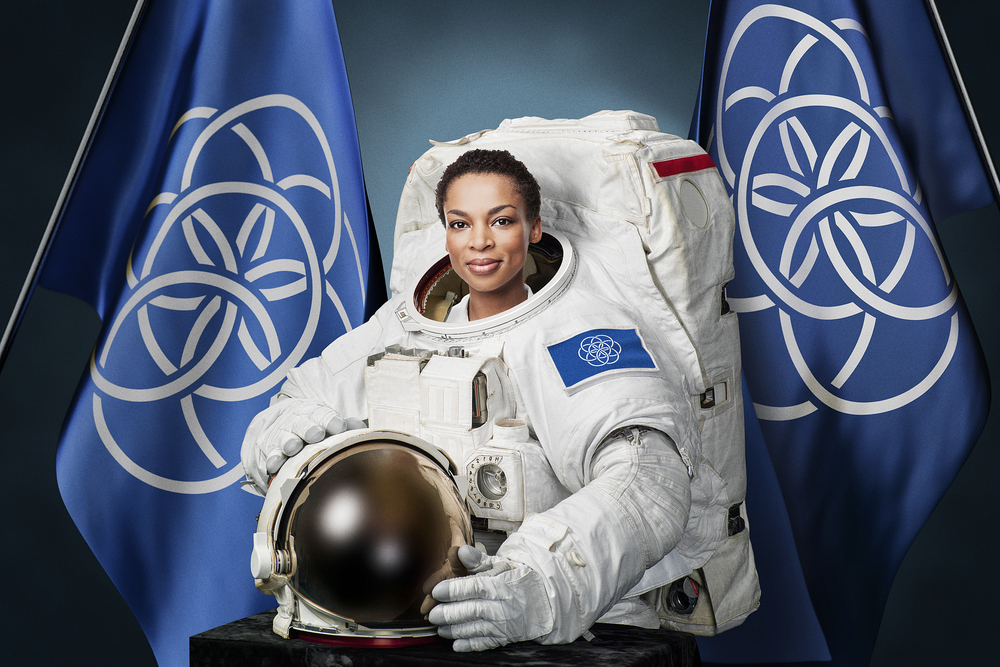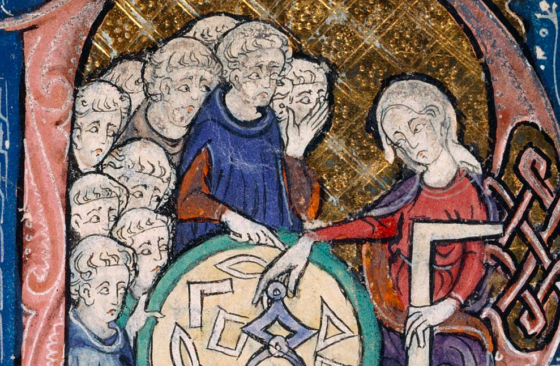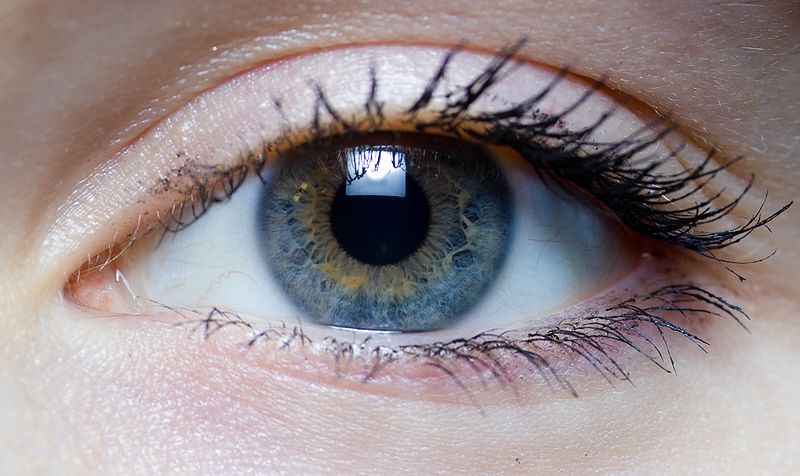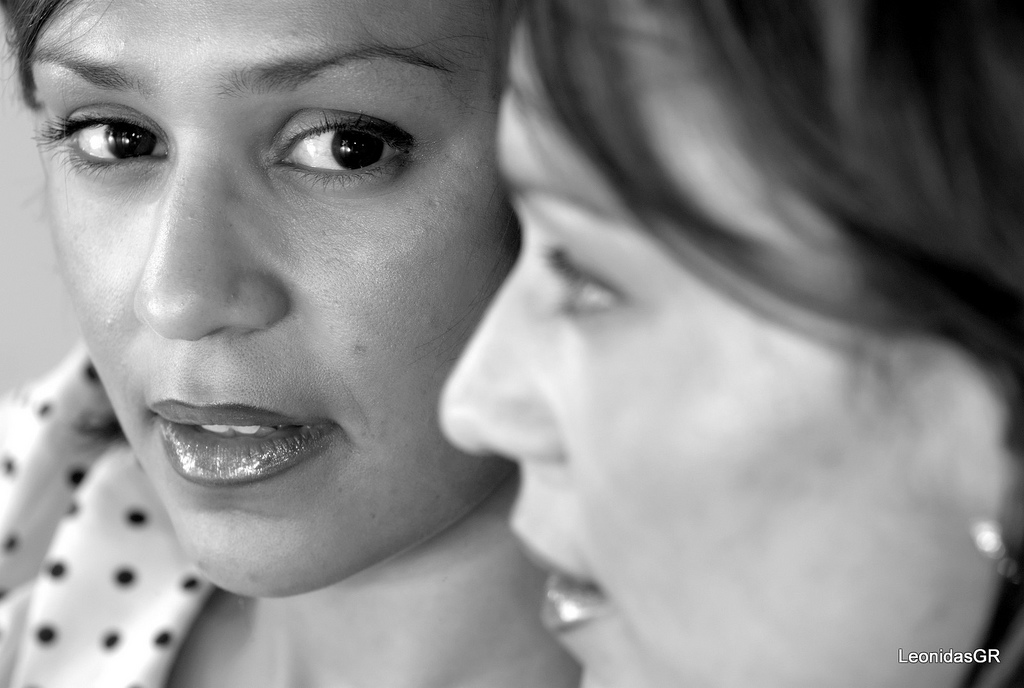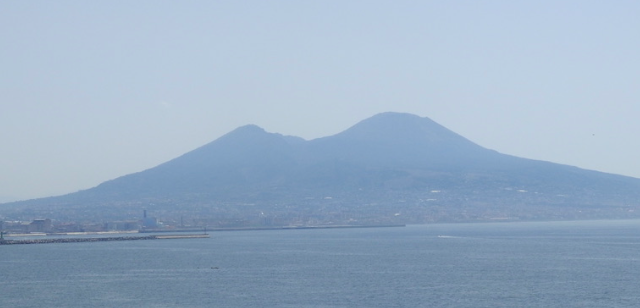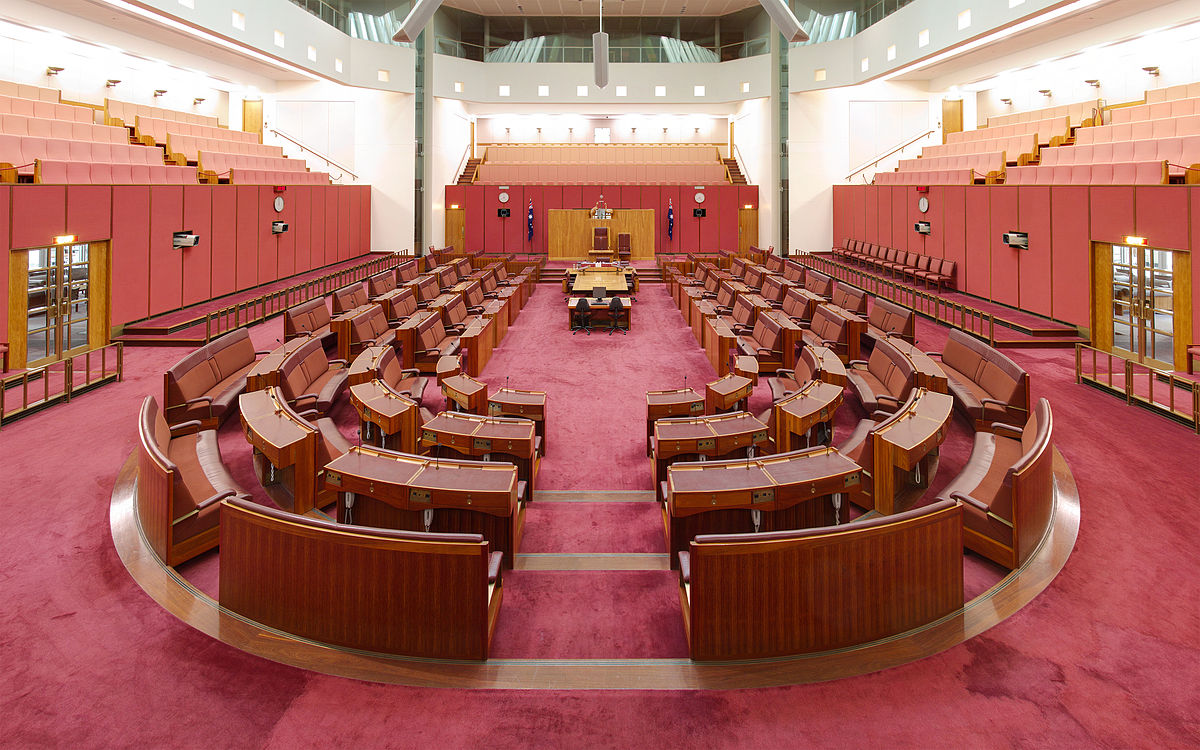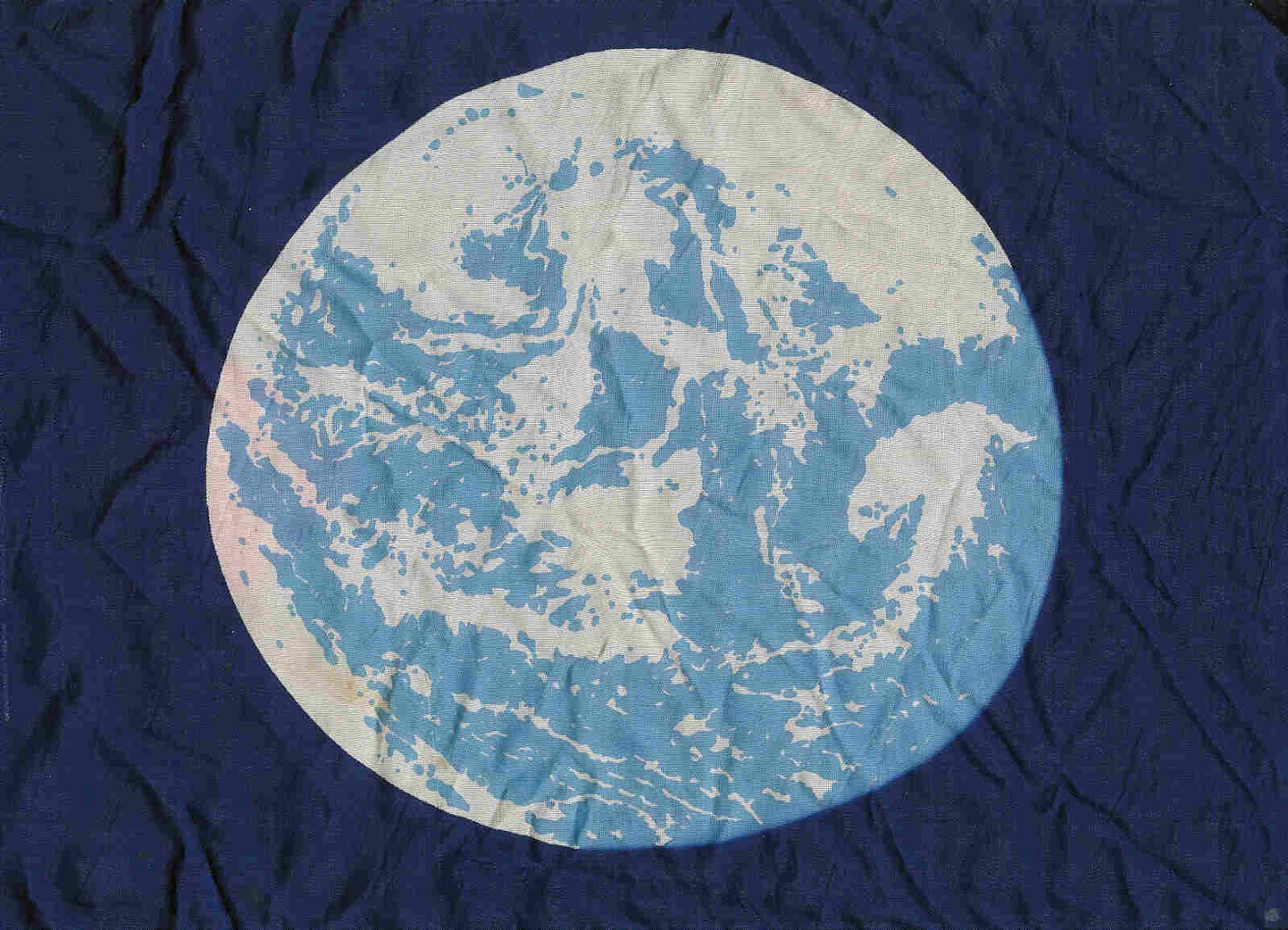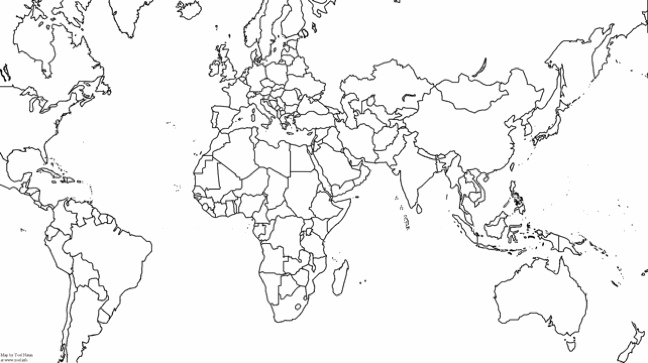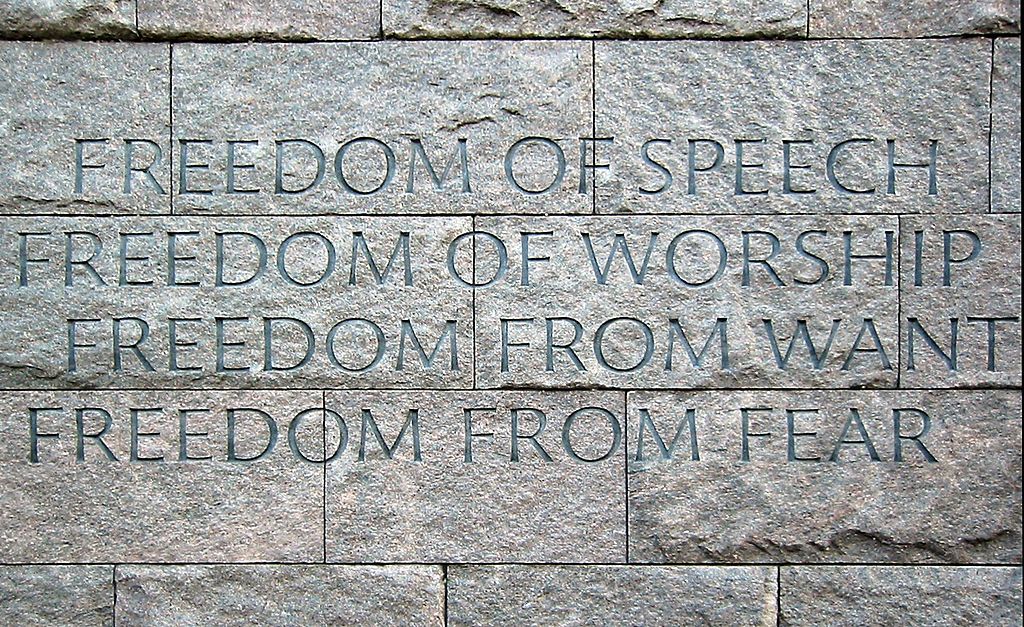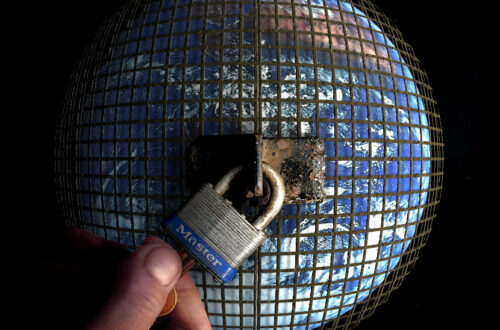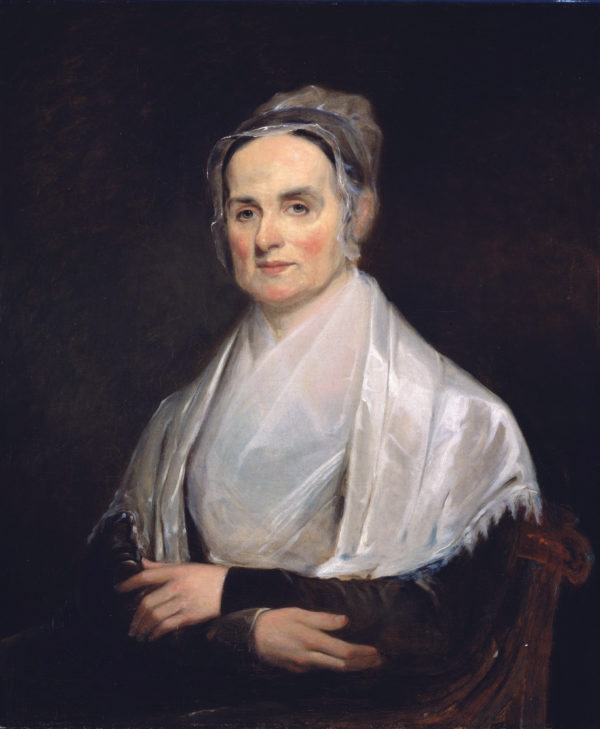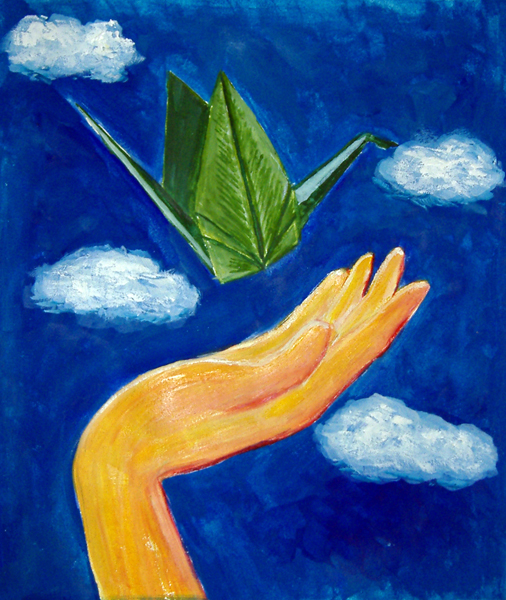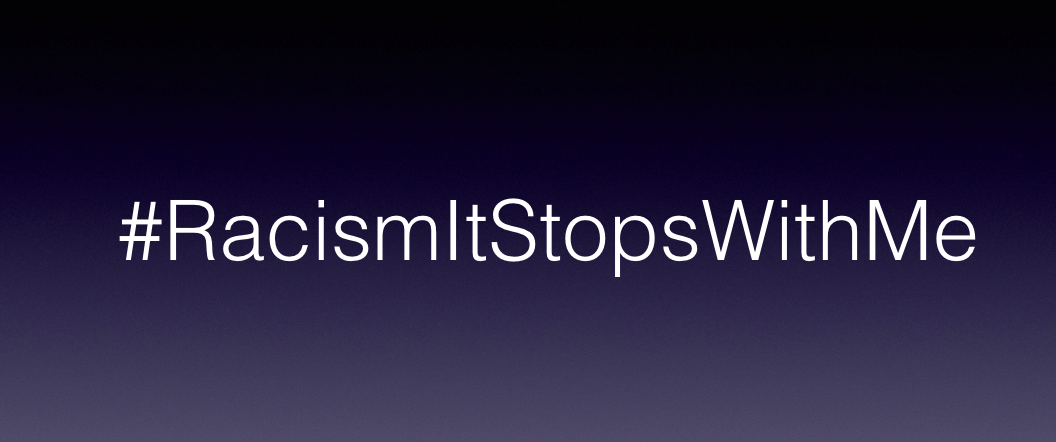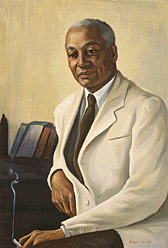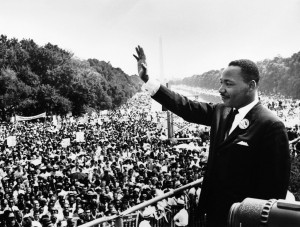peace
-
Patriotic Cosmopolitanism
Can we, at the same time, love our family, our neighbours, our country, our people, humanity and the world we live in? Surely we can. And to love any of them, properly considered, is to love them all: for their welfare is intimately interwoven. There is no contradiction in speaking of patriotic cosmopolitanism – understood in this sense. The dichotomy between community and the world is a false one. We can love our history, our language, the good in our traditions, values which have proven their worth in peace and prosperity, our own family stories. And we can also, without contradiction, delight in the history, languages, stories, good in the…
-
Seeing With New Eyes: Ibn Al Haytham, Optics and Foreignness
When we think of the science of optics we may think of Isaac Newton, who together with his other discoveries, made important studies in the field of optics. We are far less likely to think of the breakthroughs in optics and science made by Ibn Al Haytham, a scientist who lived in the Islamic world in the tenth century. To Europe he was known as Alhacen or Alhazen. Al Haytham largely solved a scientific problem that had frustrated previous thinkers for more than a thousand years. How do we see? The problem stretched back to the time of Aristotle. Aristotle spoke Greek. Al Haytham’s work was written in Arabic and…
-
Under One Sun
“ …We come from one ancestor, Just one forefather, And one Earth Mother, Under one sun ...” Source: ABC Radio National: The Baha’i soul of Australian singer Shameem Under One Sun features on Shameem’s album titled The Second City
-
World in Union
“There’s a dream, I feel So rare, so real All the world in union The world as one. Gathering together One mind, one heart Every creed, every color Once joined, never apart …” The are lyrics from one of the most beautiful anthems to human unity ever written. It is the anthem of the Rugby Union World Cup. Perhaps this shouldn’t be too surprising given the long association between sport and international friendship. The lyrics of the World in Union were written by 1991 by Charlie Skarbek at the request of International Rugby Board. The melody comes from Thaxted, part of the Jupiter theme of Gustav Holst’s The planets. The…
-
The Universal Declaration of Human Rights: insights from its first draft
Until recent years it was hard to find good information on the origin of human rights. This was particularly true about the creation of the Universal Declaration of Human Rights. The fiftieth anniversary of the Declaration in 1998 began to change that picture as scholars began to turn their attention to the history of human rights. Among the books that have been written since, are Mary Ann Glendon’s book, A World Made New, and Johannes Morsink’s book The Universal Declaration of Human Rights Origins, Drafting & Intent. Both works tell the story of the how the Universal Declaration of Human Rights was created. Glendon’s book also happens to be one…
-
Lucretia Mott – Campaigner for Abolition, Advocate of Women’s Rights, Quaker Visionary
Lucretia Mott was born in 1793 and much of her long life was devoted to working for the abolition of slavery and the emancipation of women. Her life and work, is among those, which have shaped the world in which we live. The significance of her contribution was recognised in when in 1923, when Alice Paul first introduced the equal rights amendment to the US Congress calling it ‘the Lucretia Mott amendment’. The amendment, which has still not been adopted into the U.S. Constitution, states in its first draft article: Equality of rights under the law shall not be denied or abridged by the United States or by any state…
-
Leo’s Letter, the Atomic Bomb and Sadako’s Cranes
The following short story “Leo’s Letter” is written as a “fairytale” about the dropping of the atomic bomb. Although it is fictional, it is closely based on history. “Leo” is Leo Szilard, one of the founders of the Manhattan Project that created the first atomic bomb. Albert is, of course, Albert Einstein. Edward is Edward Teller, a scientist involved in the project. The President is first, President Franklin Roosevelt, and then, President Harry. S. Truman. Robert is Robert Oppenheimer. The doctor is Dr. Hiroshi Sawachika. Sadako is Sadako Sasaki, a girl who eventually succumbed to radiation poisoning after the dropping of the bomb over Hiroshima. Minimal ‘artistic’ licence has been…
-
What does it mean to be human?
The Prem Rawat Foundation asks this question in its video release to mark the 2014 International Day of Peace. It’s just there in the flow of the narrative. What does it mean to be human? Sometimes, the questions we ask, are the most significant thing. Some questions create new realities. They lead to discoveries we didn’t imagine before. So, what does it mean to be human? If we look back into the history of human rights, we find similar transformative questions asked which opened a new future. For example, what does it mean to be a woman? was a question repeatedly asked throughout the struggle to achieve gender equality. In the…
-
Martin Luther King Jr – Civil Rights Leader and Peace Advocate
Martin Luther King, Jr. gave his life for the poor of the world, the garbage workers of Memphis and the peasants of Vietnam. The day that Negro people and others in bondage are truly free, on the day want is abolished, on the day wars are no more, on that day I know my husband will rest in a long-deserved peace. —Coretta King This article is part of a series on human rights forebears. Rev. Dr. Martin Luther King Jr. lived a life beyond the ordinary and writing about him is challenging. His life made the world that came after him better. This article will not do justice to his…
